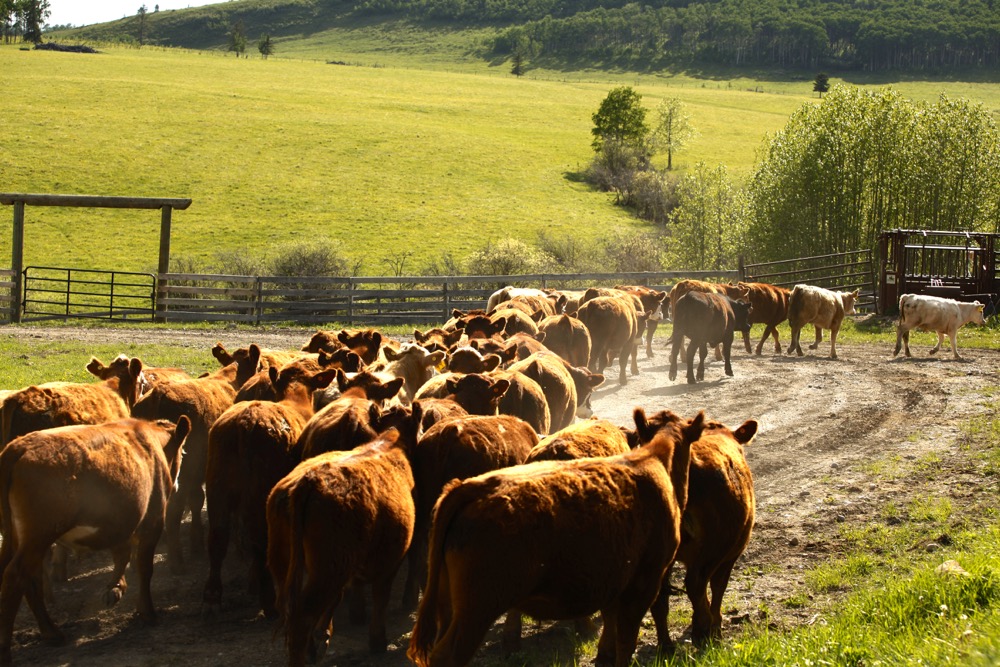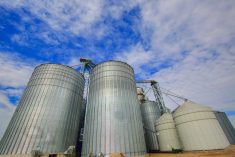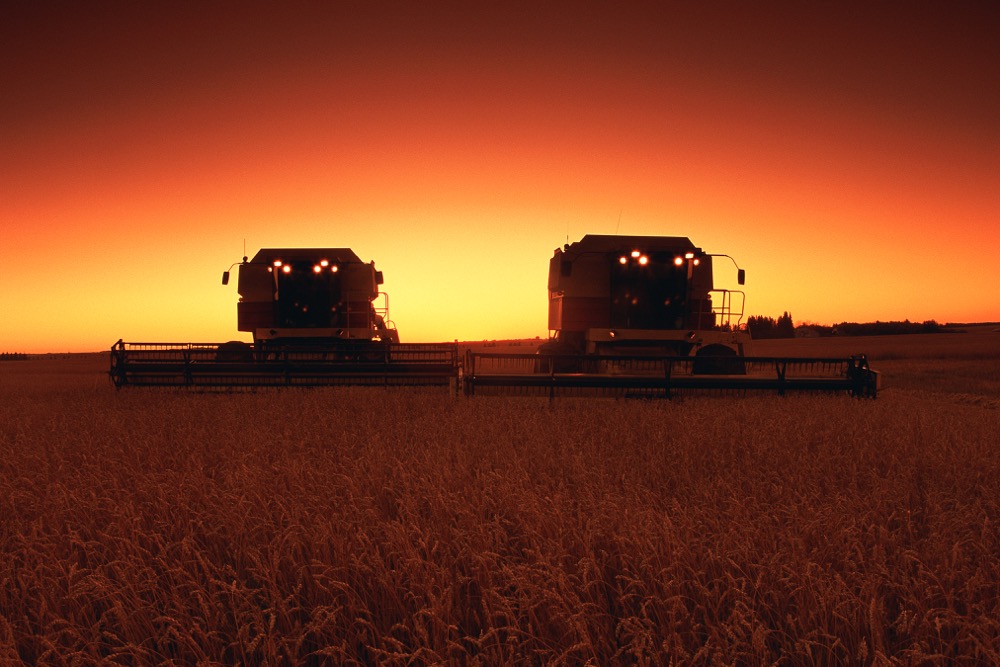
Of course farmers want the highest prices they can get for their production. And of course they know they have to work at it. But are your neighbours putting enough effort into the marketing side of their businesses to achieve maximum returns? Are you?
“Farmers and ranchers are absolutely not spending enough time on marketing as a whole,” says Ryan Copithorne, a fourth-generation rancher from Jumping Pound, Alta. “Staring at market quotes each day is not marketing.”
Read Also

A new spin on farm legacy
What does farm legacy look like for the next generation.
There should be as much strategy time spent on marketing decisions as there is on production decisions, argues Copithorne, who is also the owner of Cows in Control Marketing Group. After all, one bad market move can wipe out a year’s worth of work.
Copithorne knows many producers are up to their eyes and don’t see how they can make time to think about marketing until the crop is in, or the calves are ready to wean.
“By then, they are at risk of marketing at the bottom of the market when everyone else is marketing,” Copithorne says. “Sadly, marketing decisions often are a matter of lining up the freight to haul to the elevator or auction mart.”
LeftField Commodity Research analyst Jon Driedger says every farmer follows markets to some degree, and they’re all exposed to the “chitter chatter” about prices in some way, from the coffee shop and online social media, to emails from grain buyers and news articles.
The real question, though, is whether they’re investing enough time to get a deeper understanding of all the moving parts affecting markets, so they understand how it all relates to their individual farm’s profitability, and how to incorporate that into a risk management plan.
“I would say there’s a chunk of farmers out there who don’t do enough,” Driedger says.
- Read more: The wheat and the chaff
Pro marketers
Having a good understanding of the market is too important to be casual about, leaving farmers with a choice: invest more of your own time — along with some cash to subscribe to news/data providers — or hire a service to do it for you, Driedger says.
Although no marketing services have a crystal ball, they can assist clients with understanding their risks by supplying research, experience and depth of analysis around what’s happening.
Copithorne agrees that farmers who don’t have the time or inclination and would rather just focus on their production should consider hiring a specialist who can undertake their marketing. A marketer can save a lot of time and stress.
Also consider a firm that educates you and develops a program with you rather than simply collects commissions on trades, he says.
“Don’t take marketing advice from the people who buy your product,” Copithorne adds. “Information yes, advice no.”
He also suggests receiving information from subscriptions that provide analysis and interpretation of market data, not simply regurgitation of same. “This will save you time and mental capital.”
Prices versus emotions
Then come some items that can seem like standard advice, but that often don’t get the serious attention they deserve.
In other words, getting better at these will move you up the pyramid of top marketers, with obvious payoffs especially in the longterm.
Emotions top the list. A key objective is not just to learn about the market, but to learn how to be in control of your reactions to it.
Ignore hype, Copithorne recommends. Monitor your emotions to keep them in check. And focus on data.
“Study the big picture to get a direction of prices, and don’t react to daily moves,” Copithorne says.
And don’t forget to get a handle on seasonal patterns. Knowing the time of year prices usually peak and trough greatly improves your chances of pricing your product at the highs, Copithorne explains.
He also favours having multiple dates through the course of a year to price your production.
“Don’t bank on a one-time-a-year sale. That’s gambling, and a recipe for gray hair.”
Copithorne says that following price trends, comparing prices to previous years, looking at seasonal patterns and at supply and demand fundamentals will go a long way. But together they don’t need to become a daily exercise: “That can be done once a month or once a quarter.”
In fact, he urges scheduling a couple of hours every month, or every quarter at most, to focus specifically on your marketing or hedging plan. Commit yourself to the time, don’t allow distractions and keep accurate track of your decisions.
Risk management
With hedge tools and forward contracting, it’s possible to time your sales to hit those peak times of year, even if you deliver off the combine or sell your calves off the cow, Copithorne says. So know your break-even points ahead of time, so that if the market does break those levels, your response is automatic to lock in a portion.
Caution and risk management are crucial, as 2021 has shown. “Spread your hedges or forward sales around two to three different times of year to reduce the risk of your timing being off, so that by the time the fall comes, you are pre-sold hopefully at or near the highs,” he explains. “Don’t spend lots of time and money trying to gear your operations to deliver grain or cattle at the market highs; that’s what these tools are for.”
Besides setting up a hedge account and putting a broker on speed dial, Copithorne recommends also establishing a talking relationship with your elevator or auction mart.
“Don’t be afraid to call them to talk about basis levels, prices and forward contract prices. See if you can get them to call you when favourable basis levels or price levels occur.”
Strategic planning
Mathieu Lipari, program manager with Farm Management Canada, says more farmers are becoming aware they haven’t been investing enough time in strategic planning.
They may be regularly checking prices on their smartphones, but they see they also need to have a plan and stick to it in order to avoid being driven by the market, he says.
“Getting the best price for their product is a major concern for most producers, but that doesn’t mean that they are using all the tools they could to develop a good marketing plan,” Lipari says.
More producers are looking to learn about and use risk management tools like forward contracts, and futures market hedging and options, and to evaluate the need for storage and other alternatives to help deal with market volatility.
Producers should also consider appropriate insurance like crop insurance and AgriStability.
“What’s important is to have a strategic approach to marketing that is written down, which is something that is not done enough in agriculture,” Lipari says. “For those who are not very familiar with this process, I would recommend involving an expert to help get you started.”
















